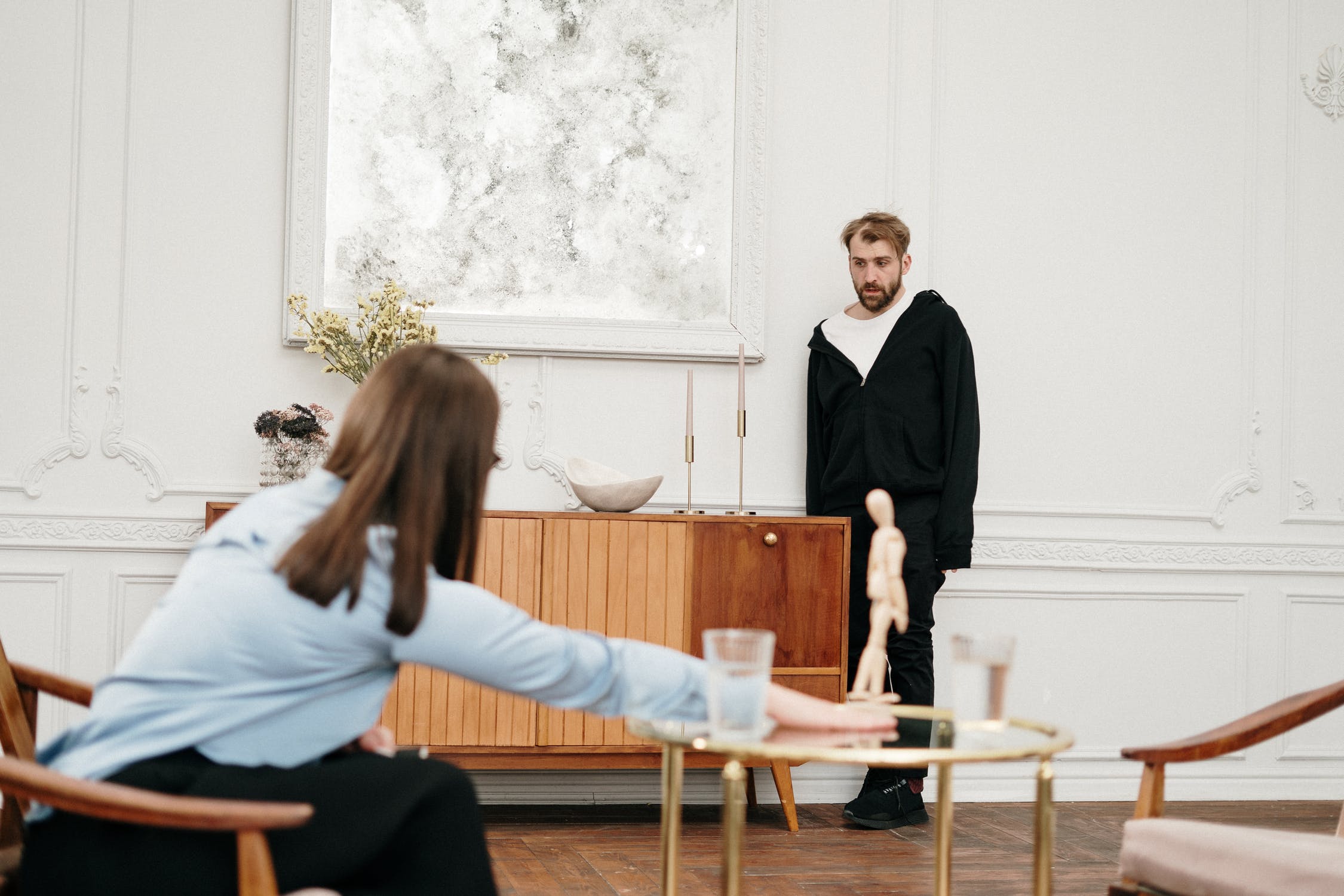Today, mental health professionals offer different types of treatments to help people who have mental health issues. Among the many treatments available, one of those is psychotherapy. It is also known by many as talk therapy. This kind of treatment can be used either alone or along with medications to treat mental disorders. During a psychotherapy session, the patient talks to a doctor or licensed mental health care professional to determine and change their troubling thoughts.
Psychotherapy is beneficial for people with mental disorders, as it can help them understand their ideas, behaviors, and emotions that contribute to their illness, and as well as learn how to cope with them. It is also great for people who are facing life problems and unexpected events, like life-threatening illness, death of a loved one, a loss of a job, or problems in relationships. It is something that can aid people in regaining a sense of control and pleasure in their lives.
There are different methods or types of psychotherapy performed by professionals. There are simple methods, while others are more complex, like transference-focused psychotherapy, which is explained in this article on BetterHelp.com. If you or someone you know is looking into undergoing psychotherapy, here are the different types to help you have an idea on which type of therapy you need.
1. Cognitive Behavioral Therapy or CBT
CBT is a short-term, goal-oriented type of psychotherapy. It is focused on the link between a person’s thoughts or cognition and his or her actions or behavior. This is done to help people change their thought patterns that cause unhealthy, unproductive, or devastating behavior. This approach is commonly used by psychotherapists for those who are suffering from depression, stress, anxiety, and phobias. In addition, it is also great for people who are looking into quitting or overcoming harmful habits or addictions, including gambling, smoking, and overeating.
During a CBT session, the patient will work with a therapist to learn how to recognize their persistent negative thoughts or beliefs and how they can respond to those thoughts more productively. It is believed that these positive shifts in thoughts can help people lead to a positive change in their behavior.
2. Psychodynamic Therapy
Psychodynamic therapy is a type of psychotherapy that highlights how specific life events and relationships, both past and present, affect a person’s current feelings, choices, and relationships. The goal of this kind of psychotherapy is to help individuals acknowledge and understand their negative feelings so they can resolve internal psychological conflicts and improve their self-esteem, relationships, and life experiences. It is a popular type of psychotherapy for people who are experiencing depression.
A psychodynamic therapist encourages patients to talk openly about different issues that will help them discover various memories, experiences, or dreams that helped shape their lives. Specifically, patients will explore the reasons why they have taken specific opposing decisions or actions in the past, which would help them avoid making the same unfavorable choices in the future. This method can also be used for an individual to understand himself to resolve current problems and enhance relationships.
3. Dialectical Behavior Therapy or DBT
This is also a form of cognitive behavior therapy. It aims to provide people the skills to handle stress and regulate their emotions in a healthy manner. It can also be used to improve relationships and live a mindful life. DBT is originally developed to treat people who have a borderline personality disorder. But today, it is used to treat different mental conditions and is believed to be effective for those who have uncontrollable and intense negative emotions that may lead to self-harm.
The difference of this type of psychotherapy from CBT is that it teaches people that their experiences are real and shows them how to accept themselves, even with their unique life experiences and challenges. It usually involves one-on-one sessions with a psychotherapist. In this type of therapy, patients can learn how to label their emotions, handle their feelings, and navigate conflict without giving into their impulsive tendencies.
4. Humanistic or Experiential Therapy
This type of psychotherapy focuses on the individual nature of a person instead of the collection of behaviors that make up a certain psychological category. It is a holistic approach that emphasizes the whole person, specifically the positive behaviors and ability to grow, heal, and find self-actualization through exploring oneself. This approach is often used for people with depression, anxiety, and panic disorders.
This type of psychotherapy has two popular techniques, which are Gestalt therapy and client-centered therapy. In Gestalt therapy, people are guided on how they can focus on here and now feelings and experiences rather than making them think about the root cause of their feelings.
Client-or person-centered therapy, on the other hand, focuses on the idea that people can decide for themselves the psychological zones they want to explore and that they know best how to go about it. It is also a non-directive form of therapy. It does not guide the patient in any particular direction, but it can create a supportive environment for them as they investigate their feelings, experiences, emotions, and identity.
Different Formats of Psychotherapy
In addition to the different types of psychotherapy, it can also be given in different formats. Here are some of them:
- Individual Psychotherapy: This kind of psychotherapy only involves one person and the therapist. It is also called one-on-one psychotherapy.
- Group Psychotherapy: In this approach, two or more patients participate in a therapy session at the same time. It involves sharing experiences and learning that there are also other people that feel or experiences the same things or situations.
- Marital or Couples Psychotherapy: This approach is to help spouses and partners understand the reason their loved one has a mental disorder. It helps them learn what changes they can make in communication and behaviors that can help and what they need to do to cope. It is commonly used to help couples who are struggling with parts of their relationships.
- Family Psychotherapy: This kind of psychotherapy is something that can help in making family members understand what their loved one who has a mental illness is going through, and as well as how they can help and cope.
There are indeed many different types of psychotherapy, and each type also comes in different forms. With this, it’s better to consult with mental health professionals to be able to know which type of psychotherapy is perfect for specific mental health disorders.



